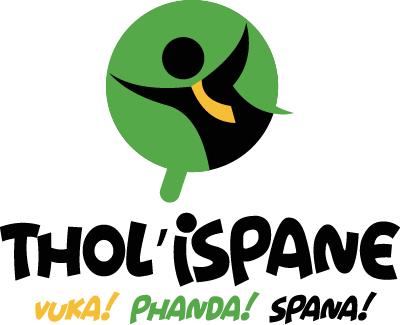In a country where youth unemployment remains alarmingly high—hovering around 45.5% as of Q4 2024, according to Stats SA—initiatives like SETA Learnerships and the Youth Employment Service (YES) Programme are crucial in bridging the gap between education and the job market. While both aim to improve the employability of young South Africans, they do so through very different approaches. Understanding these differences can help job seekers, educators, and employers make informed decisions.
This article explores the features, benefits, and limitations of both the SETA Learnership and the YES Programme, offering a side-by-side comparison to guide youth toward the most suitable career development path.
What is a SETA Learnership?
A SETA Learnership is a structured work-based learning programme governed by the Sector Education and Training Authorities (SETAs). It combines 70% practical work experience with 30% theoretical training, culminating in a nationally recognised qualification registered on the National Qualifications Framework (NQF).
Key Features
- Duration: Usually 12 to 24 months.
- Qualification: Learners receive a certificate aligned to an NQF level (e.g., NQF Level 4 or 5).
- Stipend: Participants earn a monthly stipend, regulated by the Department of Higher Education and Training (DHET).
- Eligibility: Open to unemployed South African youth aged 18–35 with at least a Grade 9–12 education.
- Industry-specific: Available in sectors such as ICT, engineering, hospitality, finance, and healthcare.
Benefits of a SETA Learnership
- Accredited Qualifications: One of the most attractive features is the formal qualification that boosts credibility on the job market.
- Work Experience: Real-world experience improves employability and helps learners apply theoretical knowledge.
- Stipend Support: Learners earn while they learn, which is particularly helpful for disadvantaged youth.
- Career Pathways: The qualification may open doors to further studies or permanent employment.
Limitations
- Highly Competitive: Entry into reputable programmes can be difficult due to limited placements.
- Dual Commitment: Requires balancing work and study, which may be demanding for some.
- Limited Earnings: Stipends are lower than industry salaries, ranging from R1,500 to R4,000 monthly depending on the SETA and sector.
What is the YES Programme?
Launched in partnership with the private sector and government, the Youth Employment Service (YES) Programme is a non-accredited work experience initiative aimed at providing one-year job placements for unemployed youth. Unlike SETA Learnerships, YES does not offer formal qualifications but rather immerses participants in workplace environments to build practical skills and professional networks.
Key Features
- Duration: Typically 12 months.
- Structure: No formal academic learning—purely on-the-job exposure.
- Incentives for Employers: Companies earn B-BBEE points and may qualify for tax deductions.
- Eligibility: Open to unemployed youth aged 18–35 regardless of education level.
- Scope: Opportunities exist across multiple industries, often in entry-level roles.
Benefits of the YES Programme
- Immediate Exposure: Provides access to the workforce, helping participants build a résumé and references.
- Professional Networks: Interacting with colleagues and managers can lead to future job opportunities.
- Business Participation: Incentivised employer participation encourages broader job creation.
- Inclusivity: Open to youth who may not meet formal education requirements.
Limitations
- No Qualification: Participants leave the programme without a formal certificate or diploma.
- Job Security: Employment after the programme is not guaranteed.
- Limited Skill Development: Lack of structured training may result in less transferable knowledge.
Comparative Overview
| Feature | SETA Learnership | YES Programme |
|---|---|---|
| Type of Programme | Formal training + practical work | Workplace exposure only |
| Duration | 12–24 months | 12 months |
| Outcome | NQF-aligned qualification | Informal work experience |
| Stipend | Yes, monthly stipend | May vary (not always included) |
| Employer Incentives | B-BBEE + Tax Rebates | B-BBEE + Tax Incentives |
| Eligibility Criteria | Grade 9–12; aged 18–35 | Unemployed youth aged 18–35 |
| Skills Focus | Industry-specific technical skills | General employability skills |
| Post-Completion Prospects | May lead to employment or further study | No guarantee of continued employment |
Which One Should You Choose?
The right choice between a SETA Learnership and the YES Programme depends on your personal and professional goals.
Choose a SETA Learnership if:
- You want to gain formal qualifications.
- You are interested in a specific career path such as IT, construction, or healthcare.
- You prefer a structured learning environment with academic and workplace components.
- You’re comfortable with a longer programme commitment.
Choose the YES Programme if:
- You need immediate work exposure and are not pursuing formal studies.
- You want to build your professional network quickly.
- You are unsure of your career path and want to explore different industries.
- You do not meet the academic requirements for a learnership.
Both initiatives offer critical stepping stones for young people navigating South Africa’s challenging job market. Ideally, they should be viewed not as competing options, but as complementary solutions tailored to diverse needs and capabilities.
Check also: SETA Learnerships vs Internships: What’s the Difference?
South Africa’s youth unemployment crisis demands targeted, effective solutions. Programmes like SETA Learnerships and YES help to fill this void by offering practical routes into the workforce. Whether you’re a school leaver, a job seeker, or a business looking to support national development, understanding the structure, benefits, and goals of each initiative can help maximise impact.




